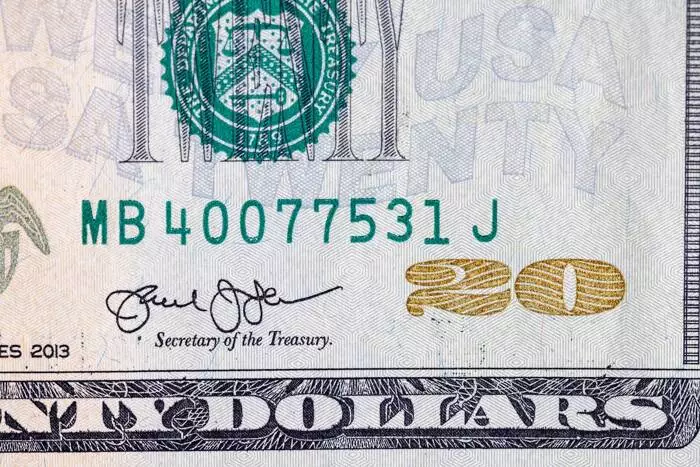Recent economic data highlights a concerning trend of slowdown within the manufacturing sector, as evidenced by the latest PMI figures. The disappointing July readings serve as a stark reminder that the manufacturing industry continues to grapple with contractionary pressures. This signals a broader economic cooling, which, in turn, influences the Federal Reserve’s policy stance. Markets have reacted with a cautious optimism, yet the underlying fragility remains. Anticipation of an aggressive easing cycle has taken root, driven by fears that slowing manufacturing indicates weakening demand and potential recession risks. Investors seem resigned to a series of interest rate cuts, with many pricing in at least 60 basis points of easing by year’s end. This sentiment underscores a market that is increasingly dependent on central bank intervention to sustain growth, even as economic fundamentals cast doubt on sustained resilience.
Market Expectations and the Federal Reserve’s Course
Despite the economic slowdown, markets appear to have settled into a stable expectation that the Federal Reserve will implement a 25-basis-point rate cut at its upcoming September meeting. The consensus suggests that the Fed is leaning towards cautious easing rather than aggressive rate reductions, possibly to avoid fueling inflation or creating financial instability. The market’s near-term outlook reflects confidence that the Fed’s patience will waver, yet it also indicates a measured approach—balancing concerns over growth with inflationary pressures. What’s particularly interesting is the current market stance: traders seem to believe that the Fed’s easing cycle might extend into late 2023, implying a readiness to embrace looser monetary policy despite mixed signals from economic data.
International Dynamics and Political Tensions
On the geopolitical front, tensions are escalating between the US and India, primarily driven by trade disputes linked to energy purchases and sanctions. President Donald Trump’s decision to threaten increased tariffs on Indian imports, mainly due to India’s ongoing purchase of Russian oil, reveals a zero-sum thinking that complicates diplomatic relations. India’s defense—highlighting its reliance on Russian energy—underscores the interconnectedness of global markets that cannot be quickly untangled. This conflict risks creating ripples beyond trade, potentially destabilizing relations with broader geopolitical consequences. The US’s double standard in trade policies, with claims of hypocrisy regarding EU’s trade with Russia, complicates efforts to foster international cooperation. These disputes symbolize a broader trend of protectionism and strategic maneuvering that threaten to fragment global economic stability.
U.S. Political Leadership and Central Banking Uncertainty
The domestically driven political landscape and leadership transitions are adding further uncertainty to the economic outlook. With Governor Adriana Krugler’s unexpected resignation, the timing clashes with announcements from former President Trump regarding the nomination process for the next Federal Reserve Chair. The political implications are vast: a new Fed leadership could signify shifts in monetary policy orientation, possibly affecting the trajectory of interest rates and financial markets. Trump’s hints at candidate preferences—from Kevin Hassett and Kevin Warsh to Christopher Waller—highlight the ongoing politicization of monetary policy. Uncertainty surrounding the nomination underscores the fragile state of U.S. economic leadership, with potential ripple effects on investor confidence and fiscal stability.
The Broader Implications for Global Markets
The current cocktail of economic slowdown, geopolitical tensions, and political instability creates a fertile ground for volatility. Markets seem to be bracing for a protracted period of uncertainty, where policy decisions and international relations will be pivotal. The delicate balancing act by central banks—trying to curb inflation without stifling economic growth—will define the market sentiment in the months ahead. In this climate, investor confidence hinges on policy predictability and the ability of leaders to navigate complex economic and geopolitical waters. The confluence of slowing manufacturing activity, anticipated monetary easing, and strained international relations makes it clear that the coming months will require resilience and strategic foresight from all market participants.

